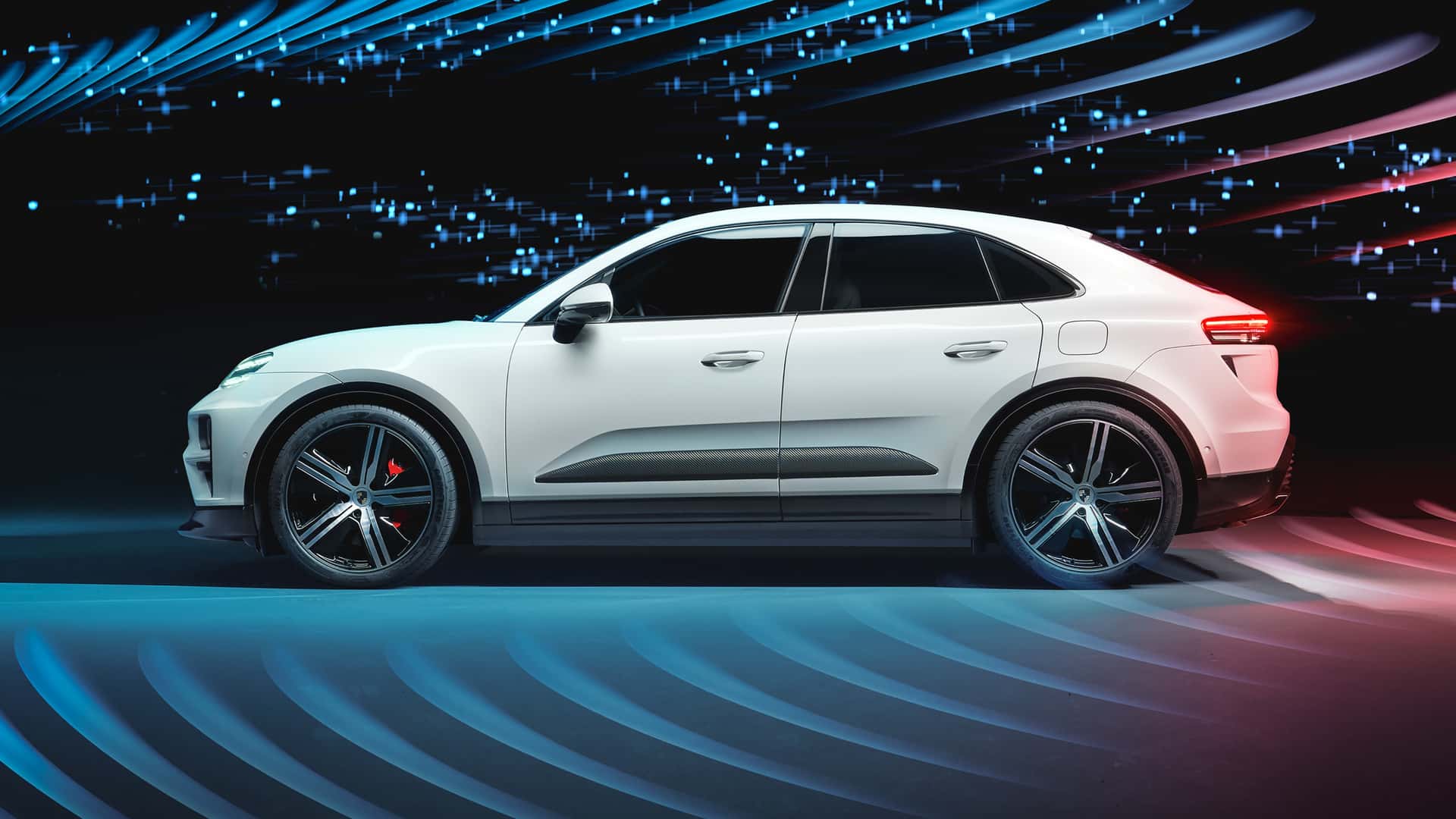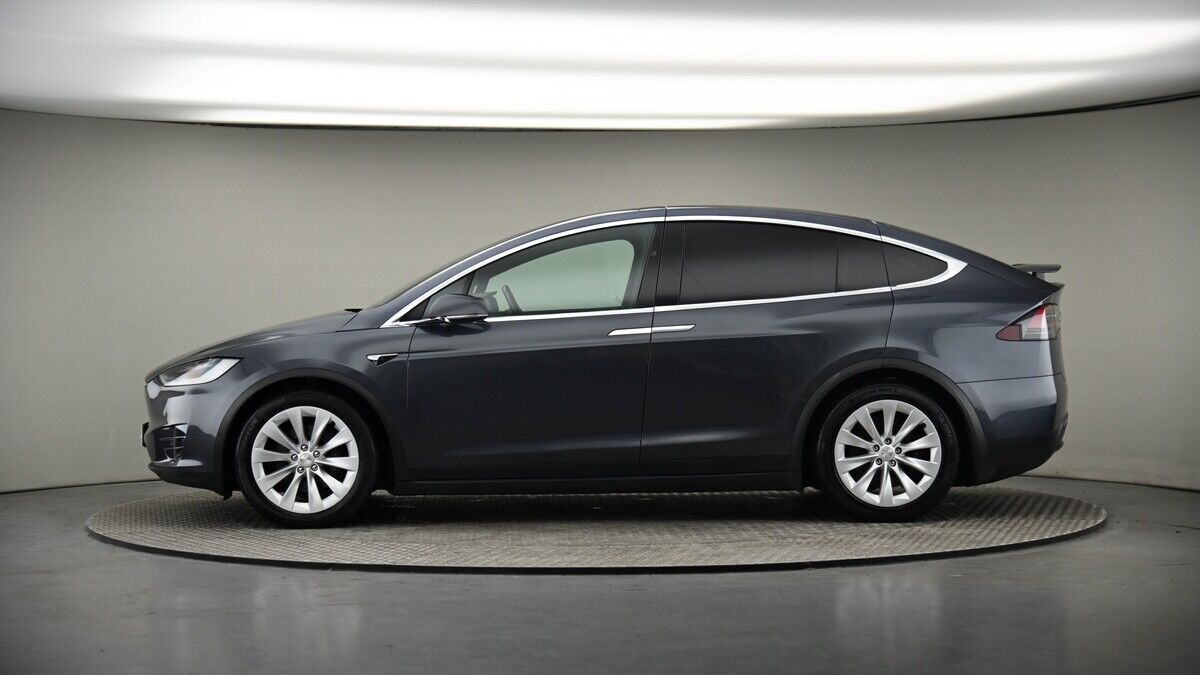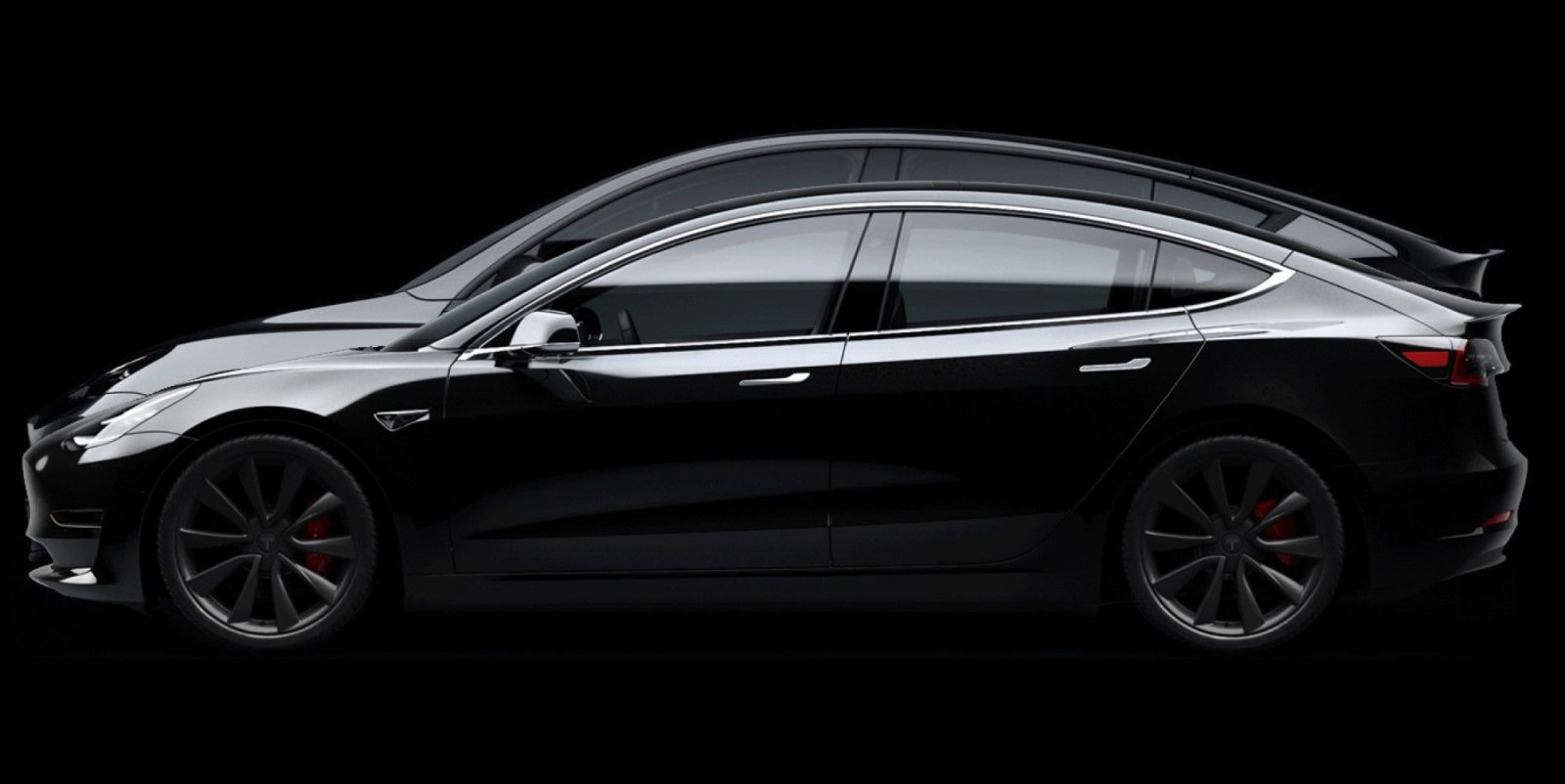- 21,262

- United States
No, it's not.Same difference.
No, it's not.Same difference.
Well. At the time all I saw was a fancier looking Cheyenne, I had no idea it was smaller at the timeNo, it's not.
Cheyenne might be spicy too depending on where she's been lately. It comes and goes.Differences, one is spicy and the other can be sassy.
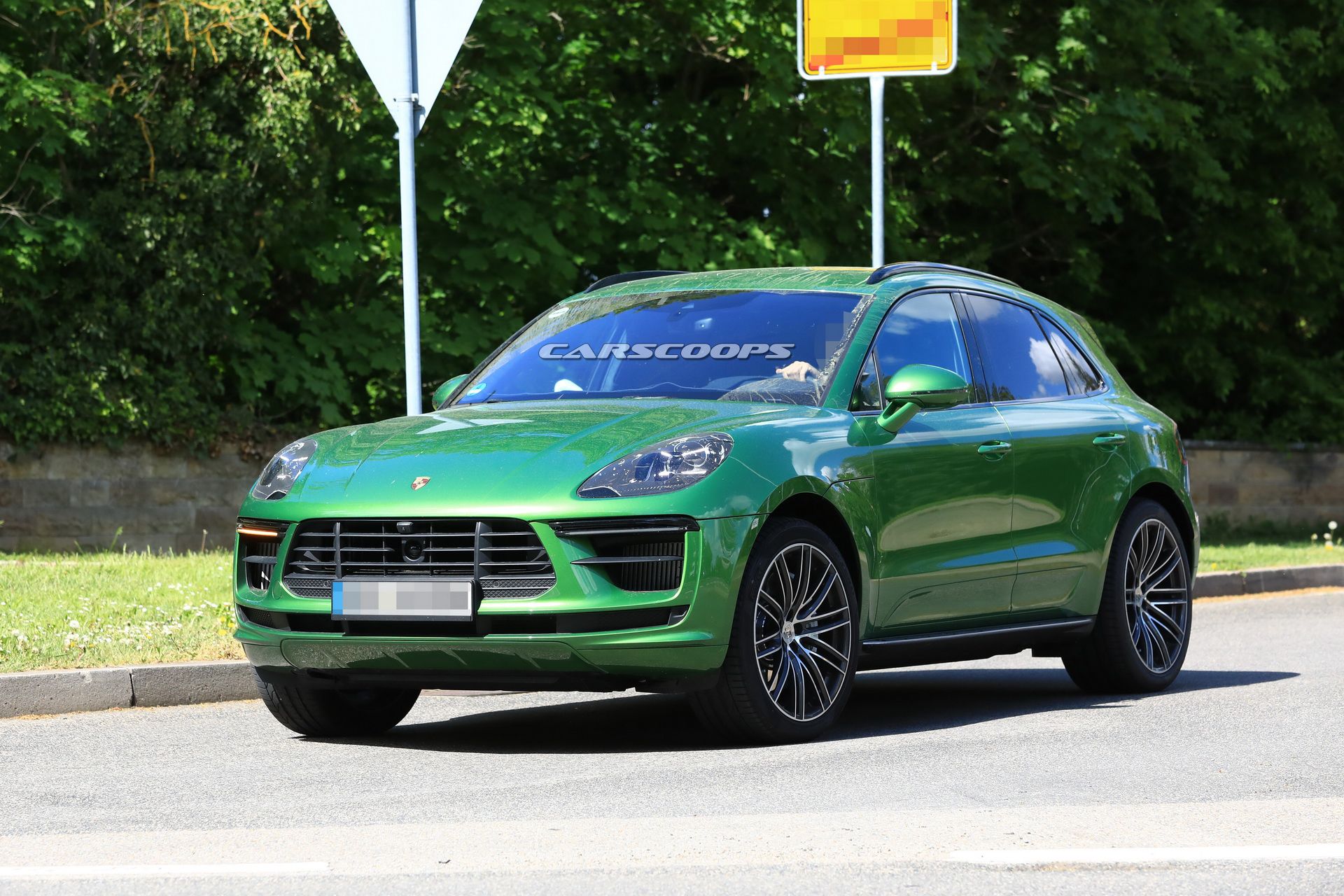
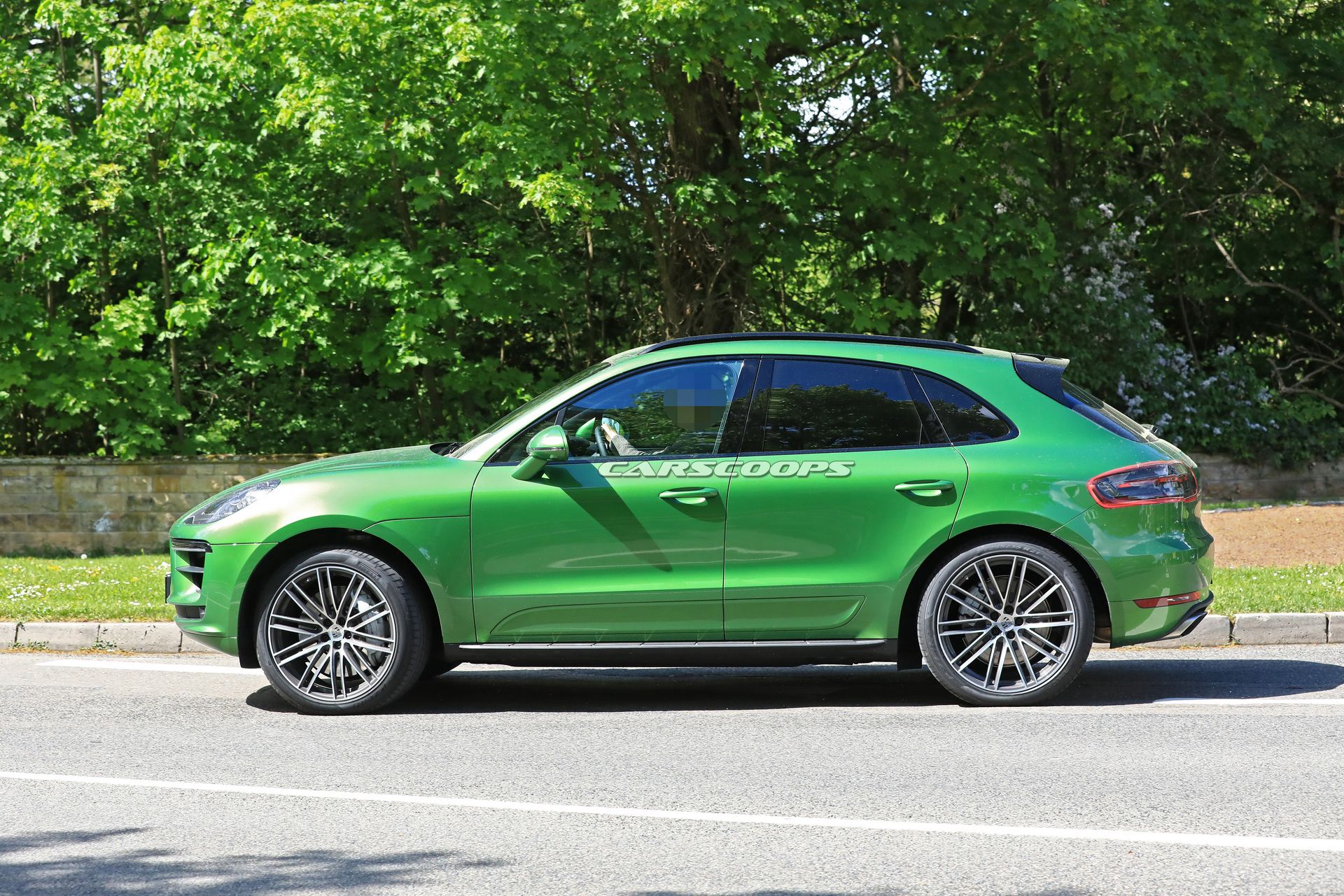
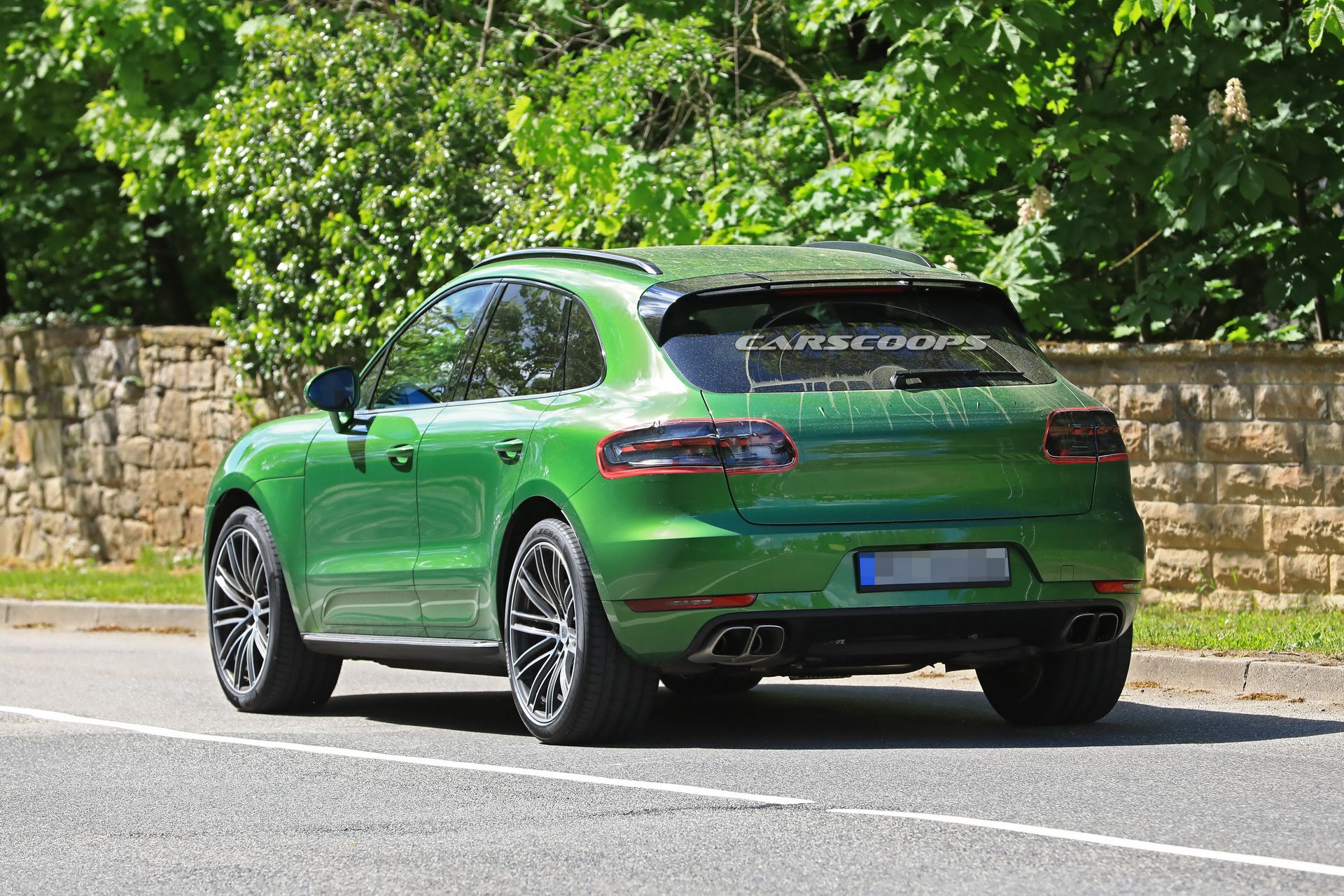
2019 Macan Spied:
Updates include:
- Facelifted exterior (new grille, headlights)
- Safety features like Night Vision Assist and Lane Assist to be added.
- Plug-in hybrid likely to join the Macan family.
- (Possibly) more power



https://www.carscoops.com/2018/05/2019-porsche-macan-shows-off-updated-exterior-still-shy-rear/
How long after we go all electric they then start telling us ICE is the way to go in the future?https://www.theverge.com/2019/2/26/18240862/porsche-macan-electric-ev-production-taycan
Going all electric in the future and... that does nothing to dissuade me from loving it. In fact, that addresses my one complaint at this point.
How long after we go all electric they then start telling us ICE is the way to go in the future?
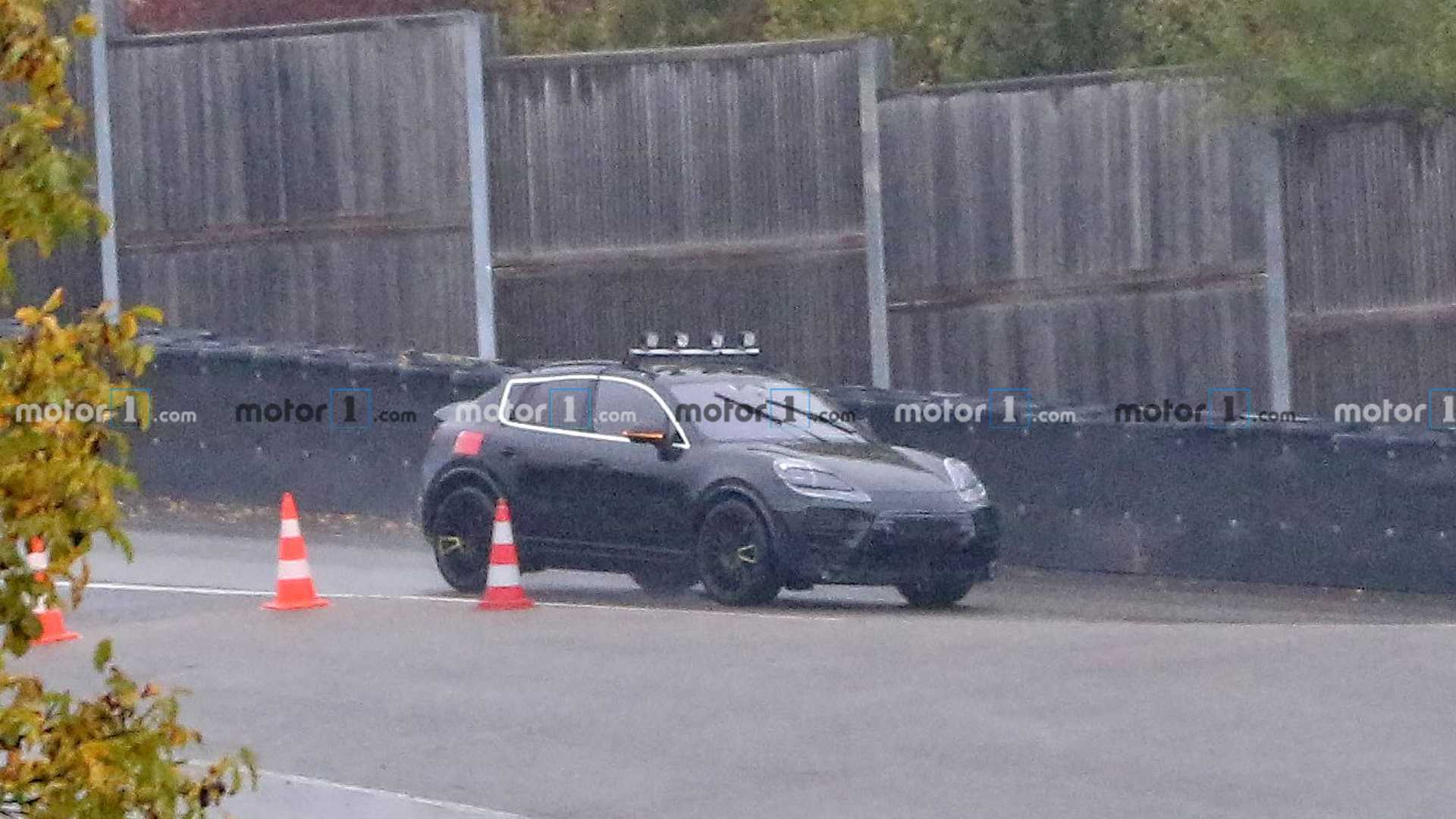
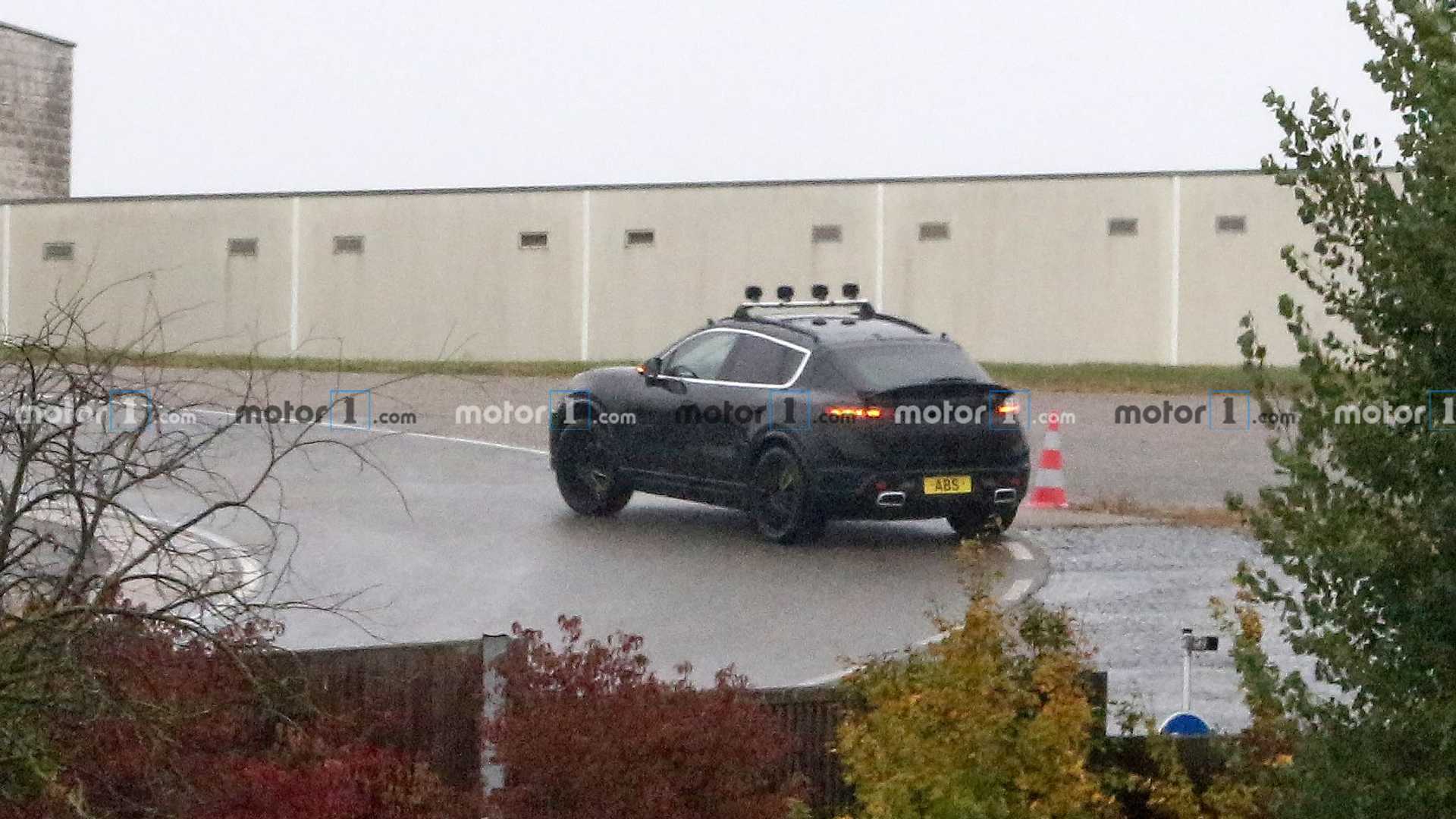
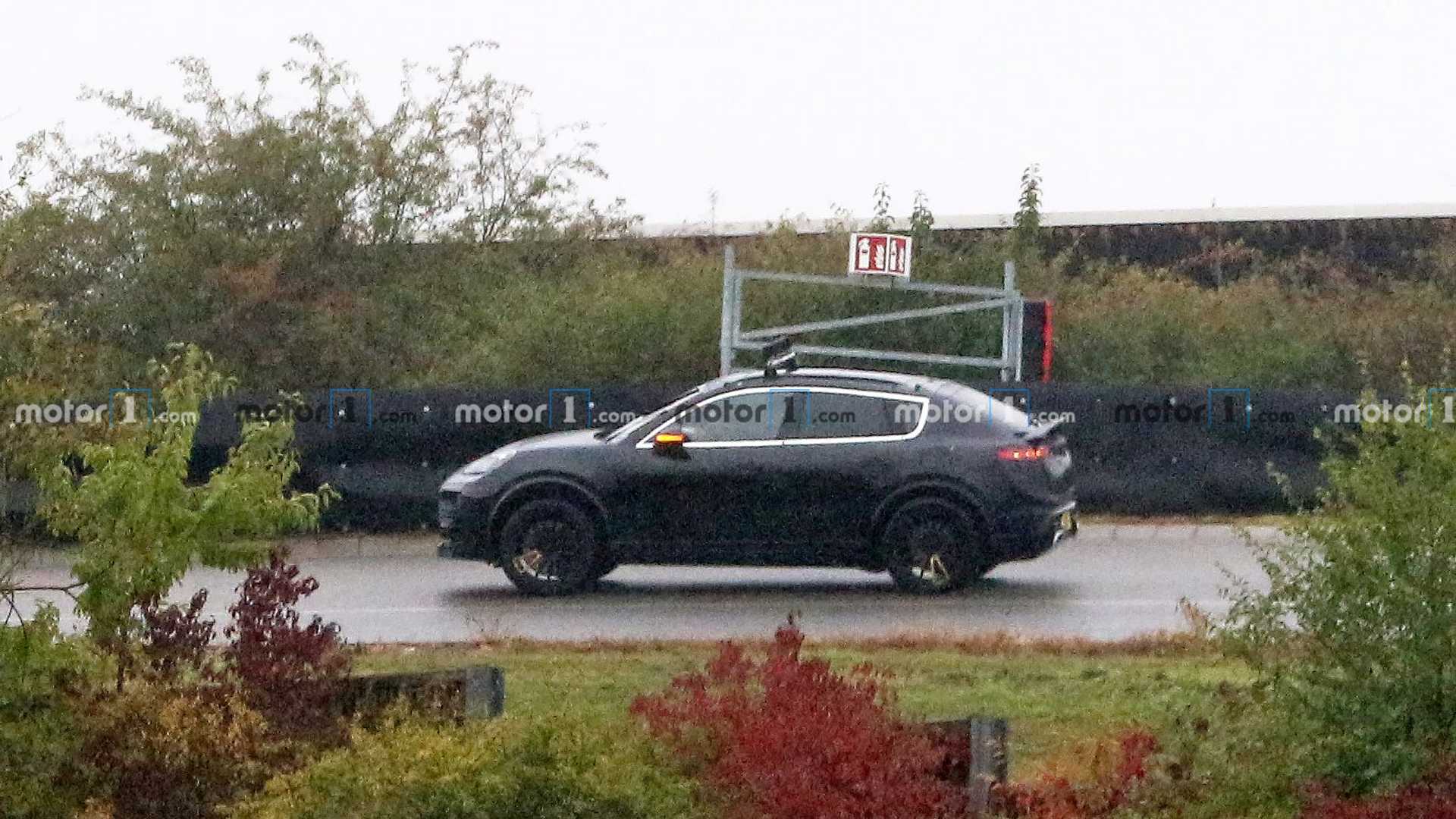
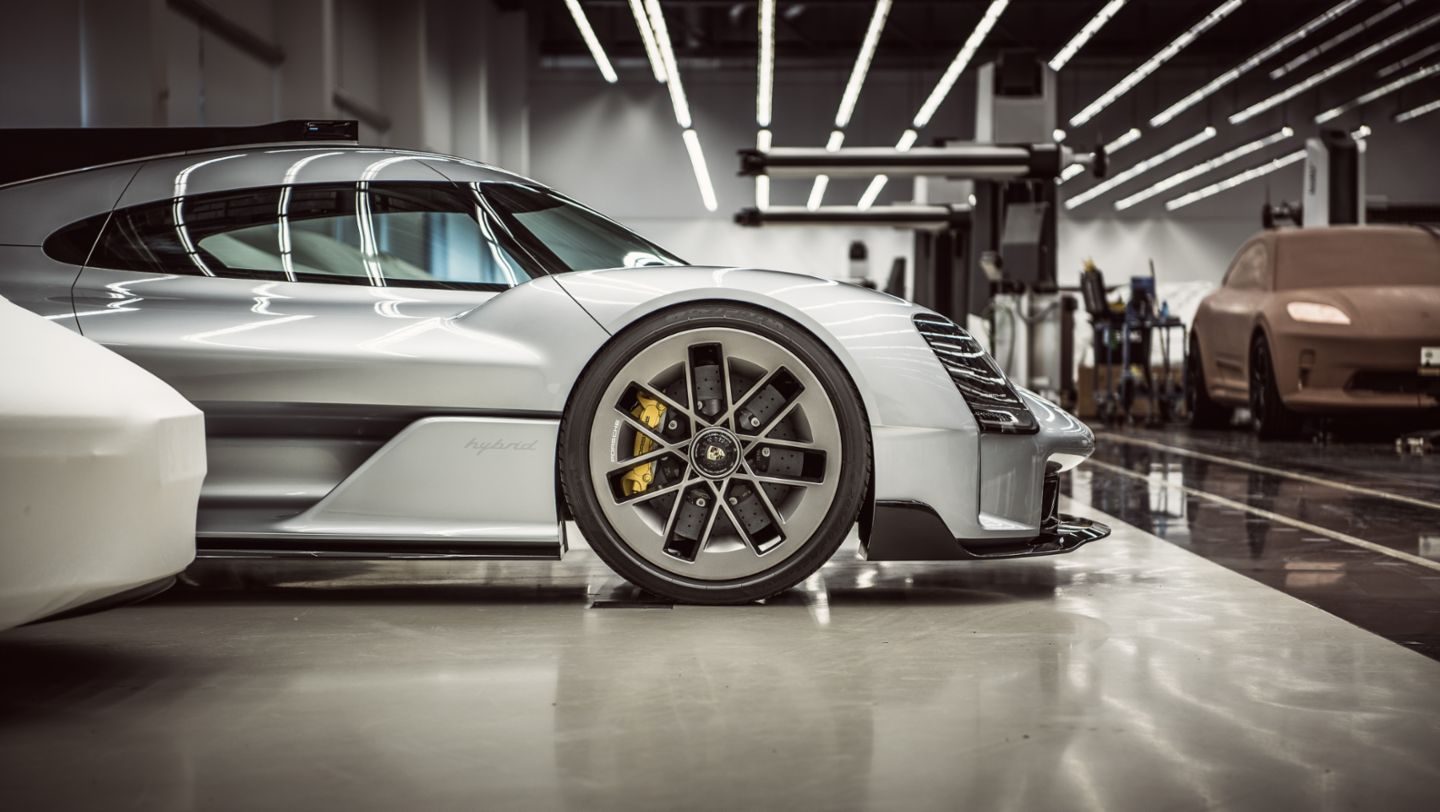
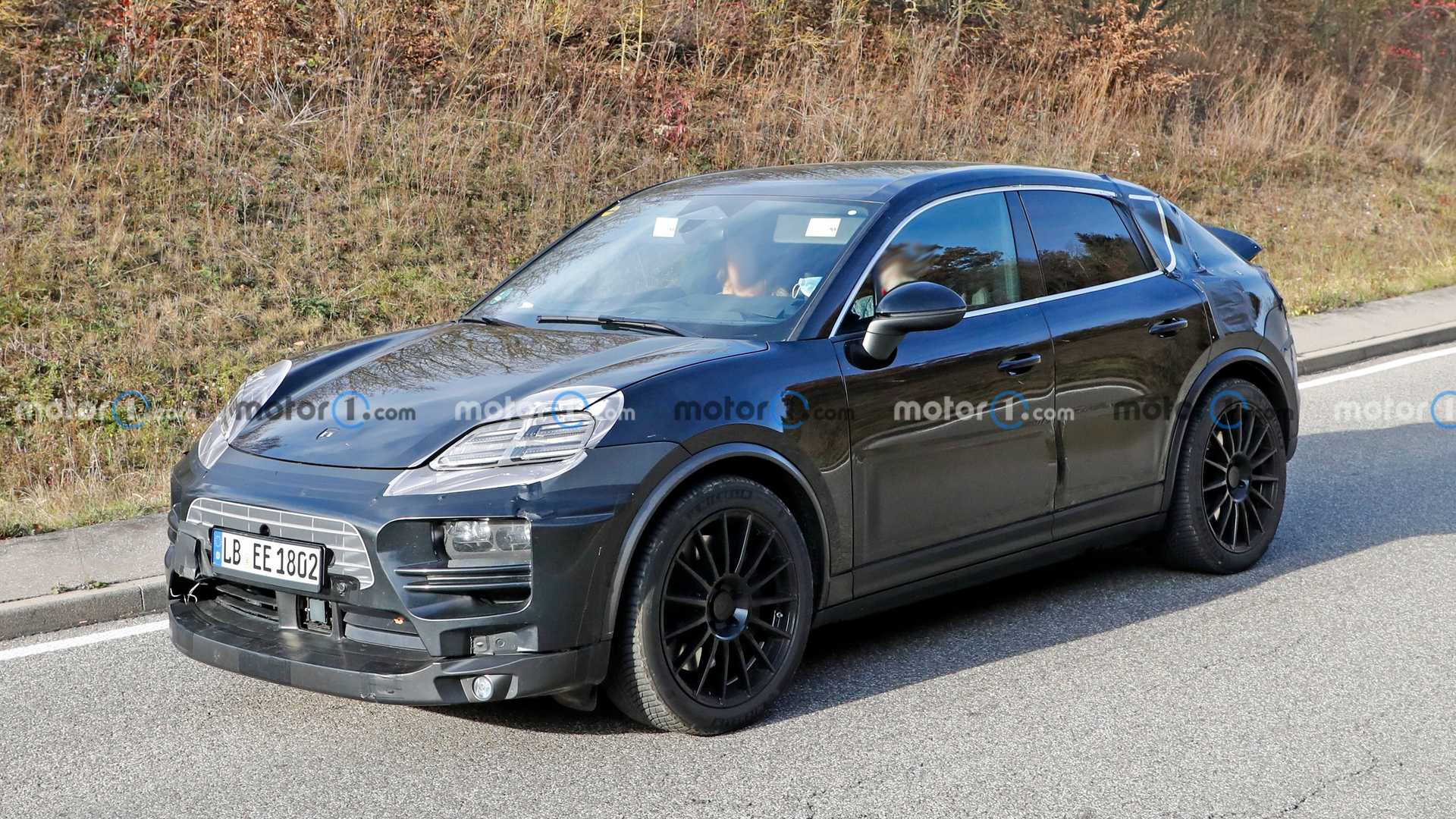
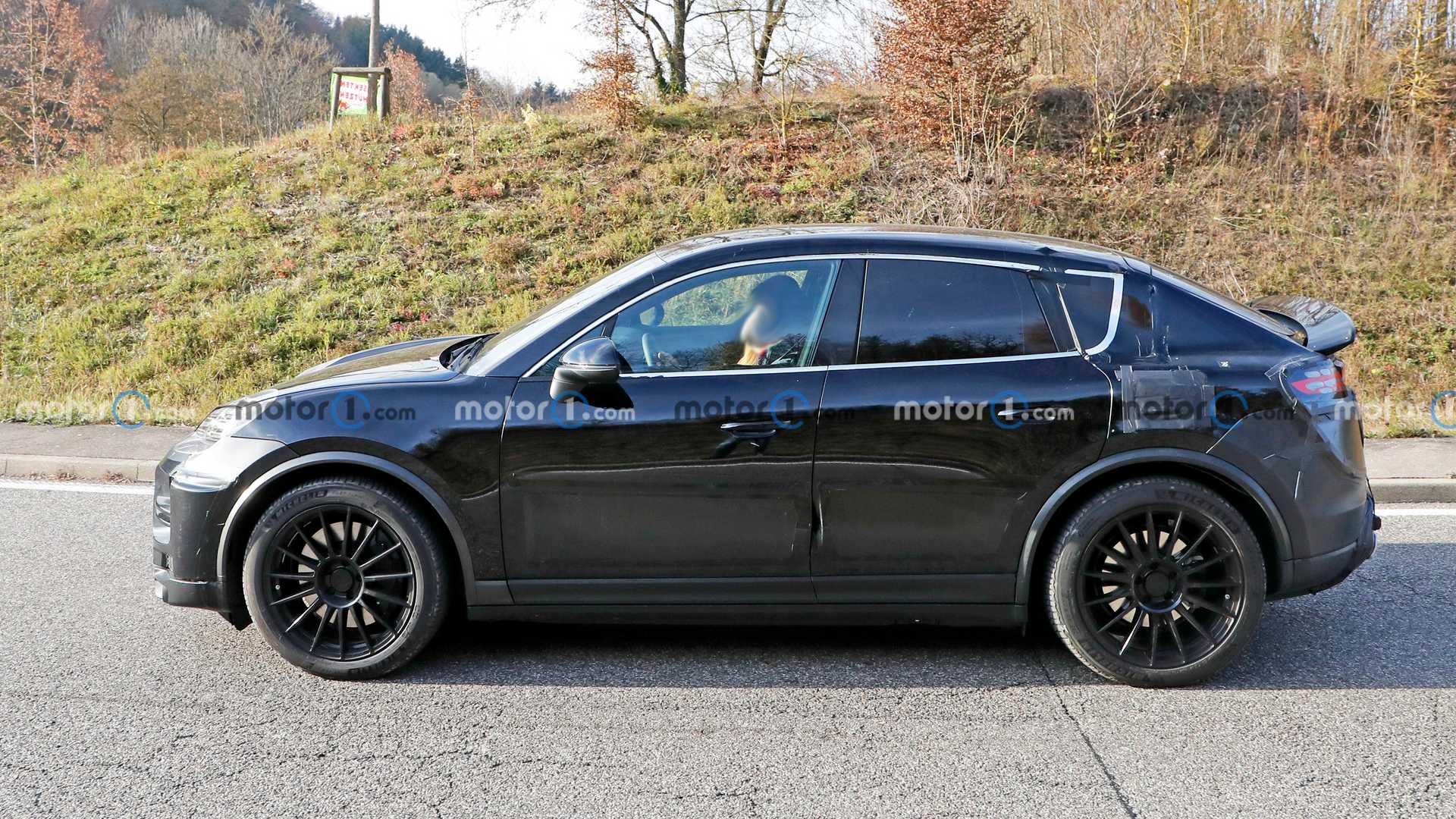
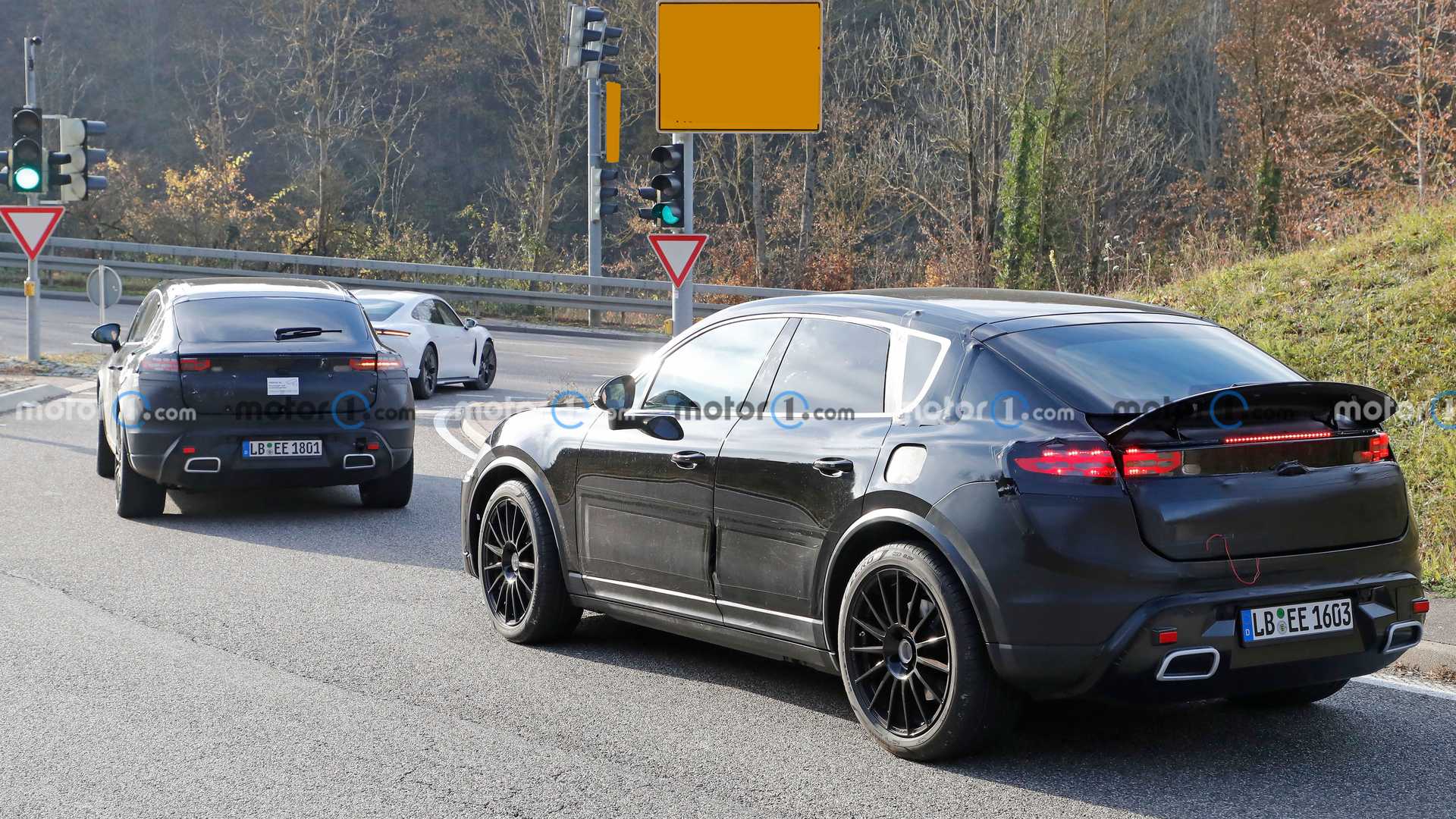
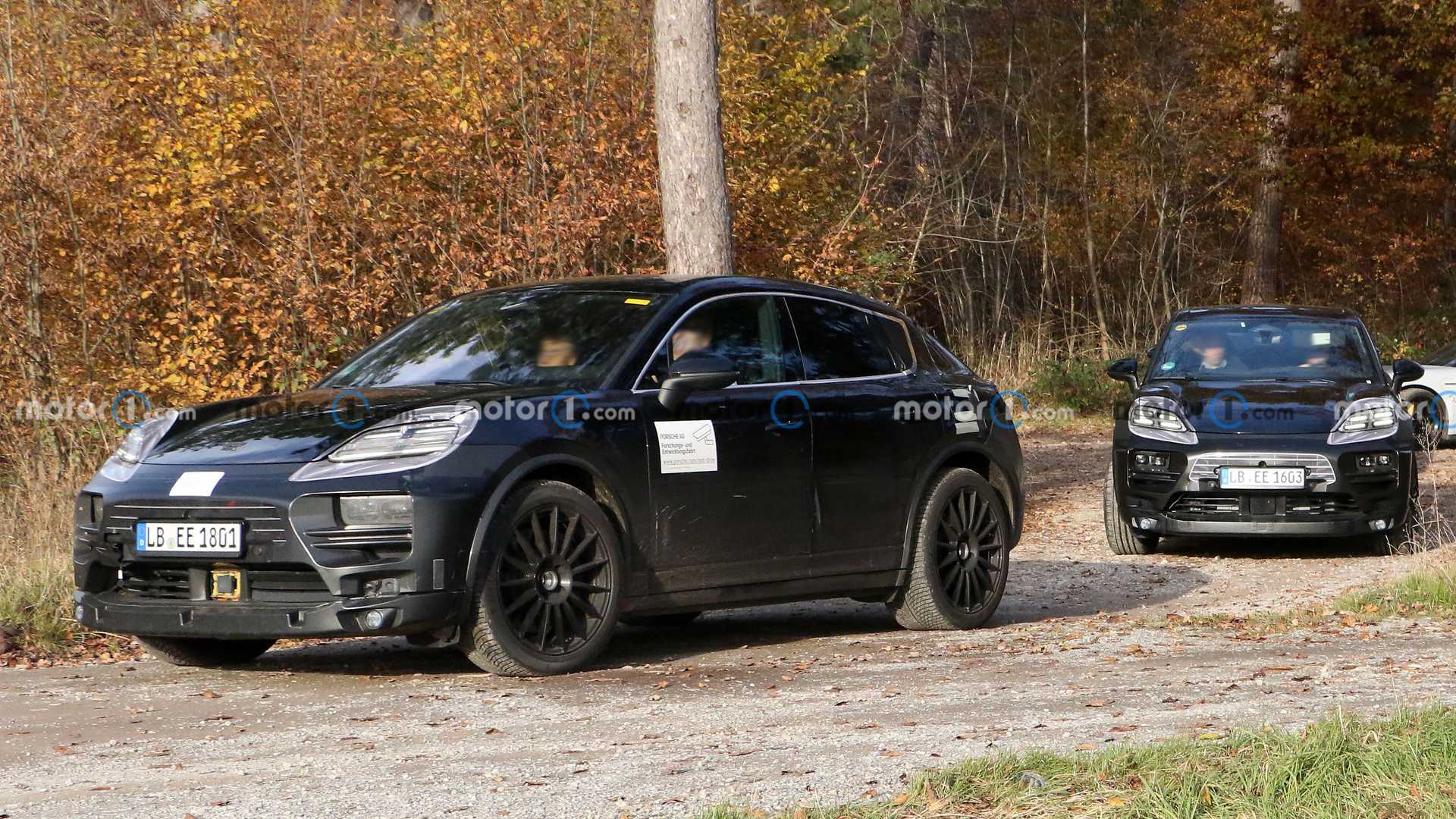
Debuting in 2022, the all-electric Macan will likely go by a fresh name to distance itself from the combustion-engined model, which is expected to go out of production as early as 2024.
Never mind the stickers slapped onto the front to mimic the headlights because the real ones are already visible and take after those of the Taycan and the Mission E concept before it. Interestingly, the prototypes are also carrying around an extra set of lights mounted lower in the bumper, which makes us think those are the main clusters and the upper ones are only for the daytime running lights.
The prototypes are not exactly pretty what with the extra body cladding and an unusual melange of old and new body parts. We do get to see the retractable rear spoiler in action, along with Porsche's now typical fake exhaust tips it installs on electric prototypes to show Germans do have a sense of humor. The quarter window is nothing more than a sticker to hide the rear glass, and it would appear the Macan EV will have a more sloped roofline judging by the inclination of the tailgate, giving it a sportier look.
There is a fair amount of extra disguise on the derrière and we're fairly certain those dotted taillights are not the final setup. The positioning of the third brake light has changed compared to the gasoline-fueled Macan where it's mounted in the roof spoiler like on virtually most cars that have a tailgate. The prototypes are riding on large 21-inch wheels wrapped in winter tires.
Riding on the Premium Platform Electric (PPE) architecture, the silent Porsche Macan will be a sportier and more expensive alternative to the Q6 E-Tron as part of a tie-up between Porsche and Audi to develop the new platform. Unlike the lesser MEB hardware, PPE-based electric vehicles will accommodate rear-wheel steering, air suspension, torque vectoring, and support for 350-kW charging thanks to the 800V setup like the Taycan and E-Tron GT.
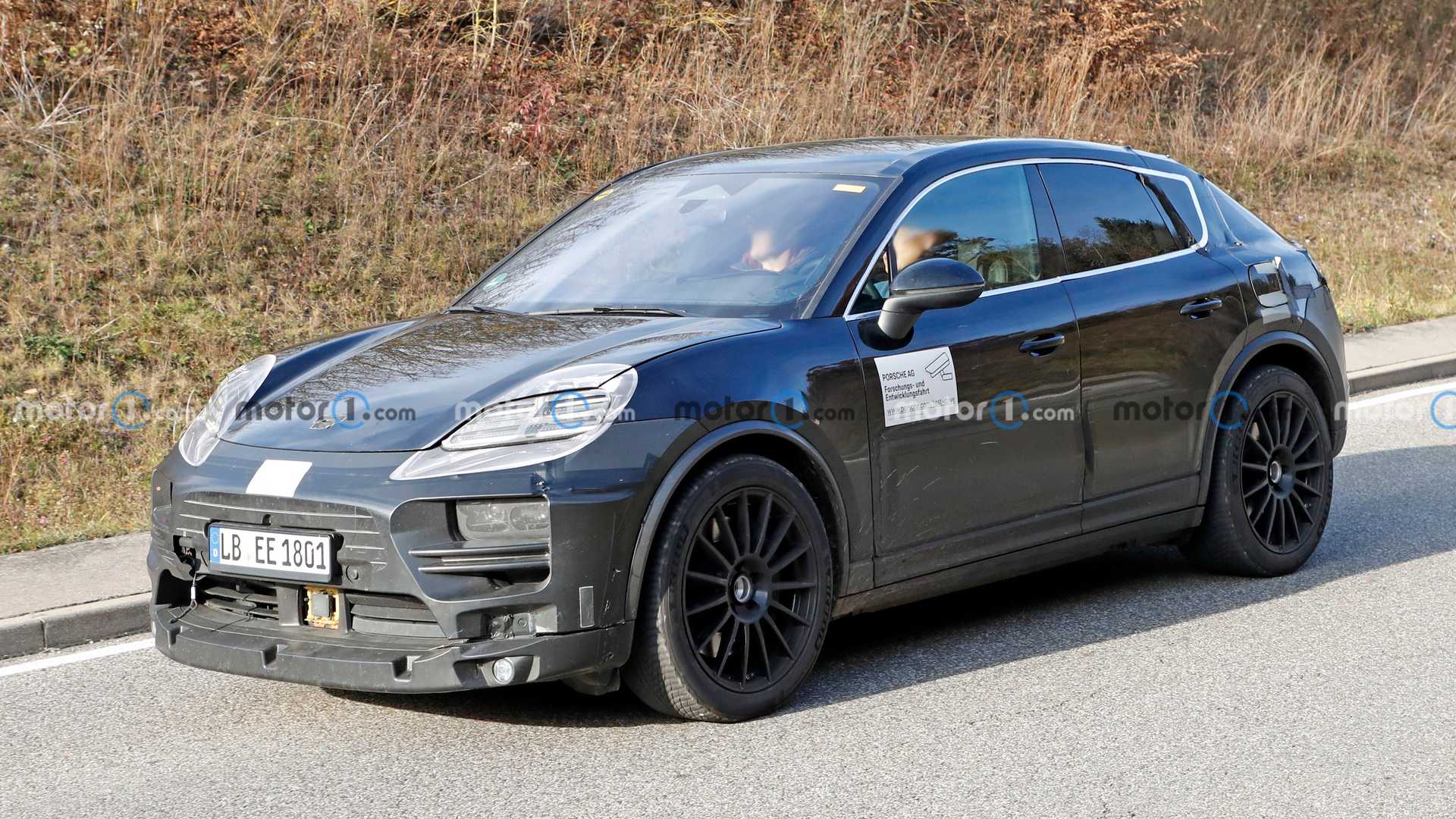
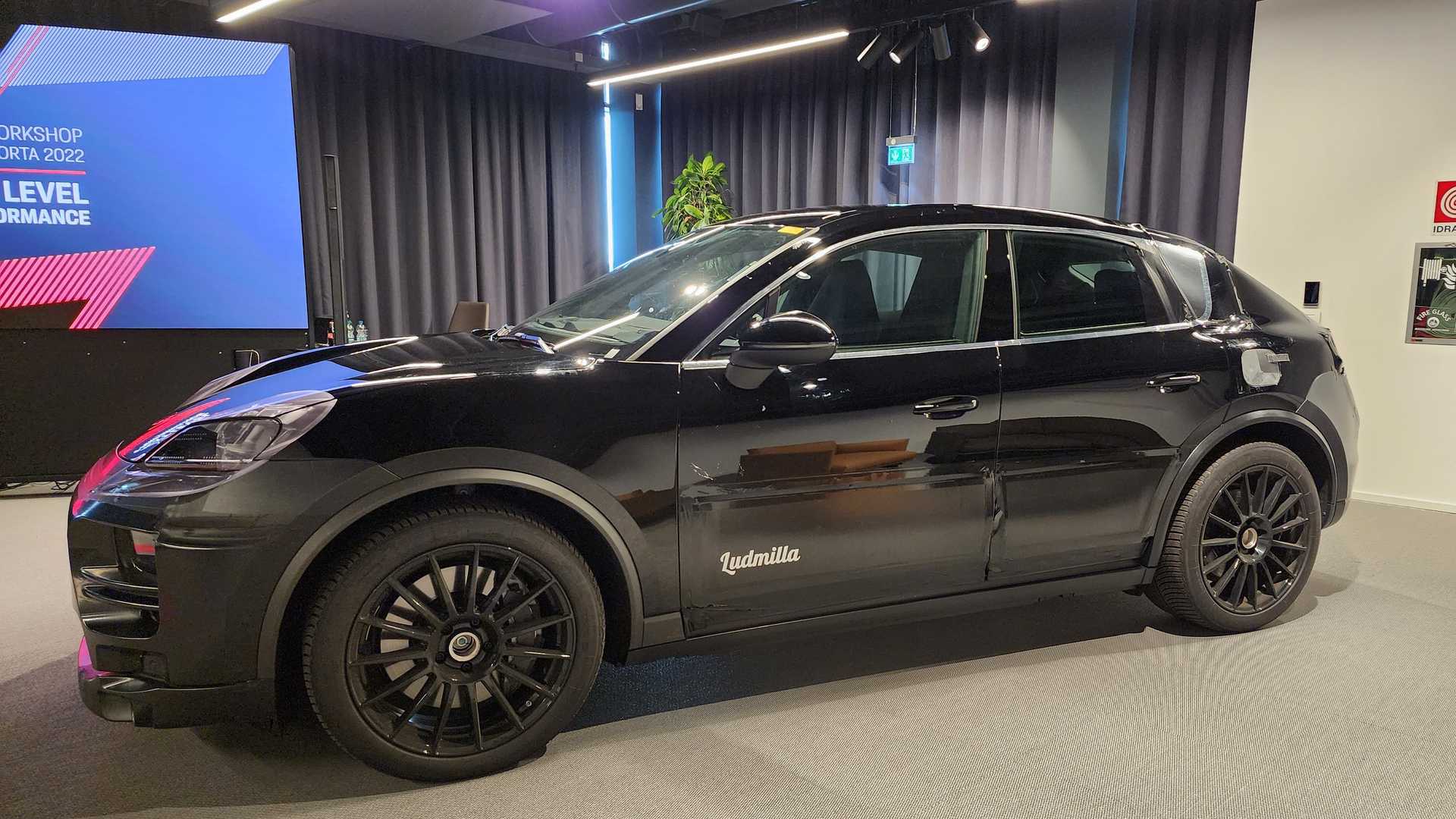
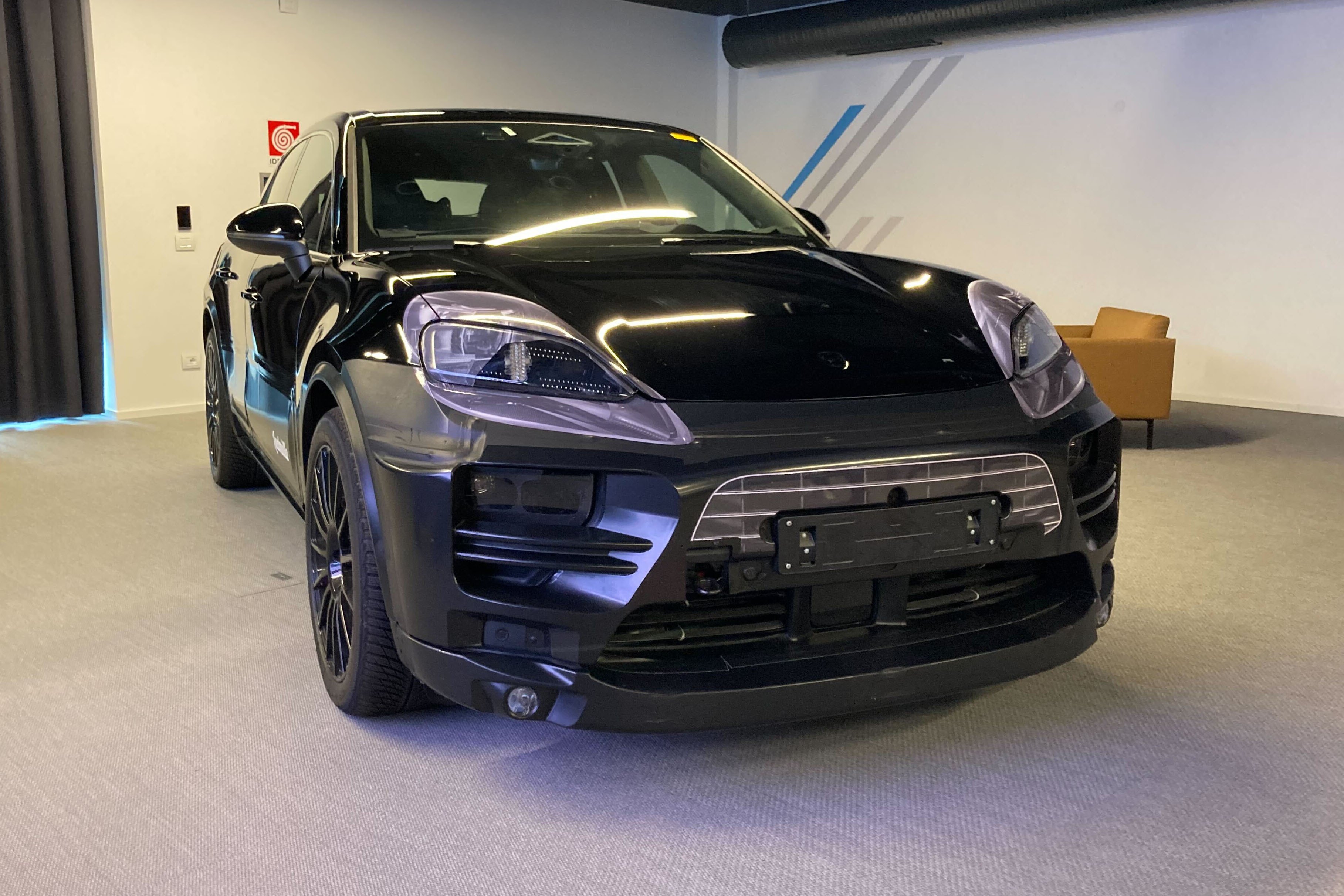
Porsche had planned to commence sales in 2023 but recently decided to delay the EV due to problems encountered by Volkswagen Group's software division Cariad.
Antoon Janssen, Porsche powertrain manager for the Macan line, told Autocar that it intends for the Macan EV – based on the new Premium Platform Electric (PPE) – to be the sportiest car in its class.
As such, it receives a pair of permanently excited electric motors – one per axle – similar to those used in the Porsche Taycan.
However, these have been heavily reworked to boost power density and efficiency, featuring a new ‘double V’ magnet arrangement and switching from a silicon semiconductor to silicon-carbide. The latter reduces switching losses – effectively power leakage – in the motors’ pulse inverters.
These improvements yield power outputs up to 603bhp, with more than 738lb ft of torque, delivered to all four wheels.
Rear-wheel drive is also possible on the PPE platform, said Janssen, although this will initially only be used to decouple the front motor when cruising to reduce rolling resistance (and conserve energy).
Dynamics have also been a point of emphasis for the Macan EV. Model chassis manager Dominik Hartmann confirmed that it will have a ‘performance rear axle’, with the motor mounted as far back as possible. This gives a weight distribution of 48% at the front and 52% at the rear, to maximise traction. For reference, the Taycan’s mass is divided 49:51 front to rear.
...
All variants will receive a 100kWh lithium ion battery, which, Porsche stated, is the optimum size for minimising journey times. The company has offered no range prediction, but an optional 93kWh battery gives the lower Taycan enough power for 314 miles per charge. The PPE platform’s 800V architecture allows maximum charging rates exceeding 270kW.
However, trick hardware and software developments mean that the battery can respond to 400V chargers (such as home wallboxes) by splitting the single 800V battery into two halves. This boosts charging speeds, said Janssen, although he did not confirm how significant this impact was.
Janssen also confirmed that the PPE platform could be extended to fit more battery modules. The Macan uses 12 prismatic cells. This implies that the eventual Porsche Cayenne EV (which is tipped to also use the PPE platform) could have an even greater battery capacity in order to compete with the Mercedes-Benz EQS SUV.
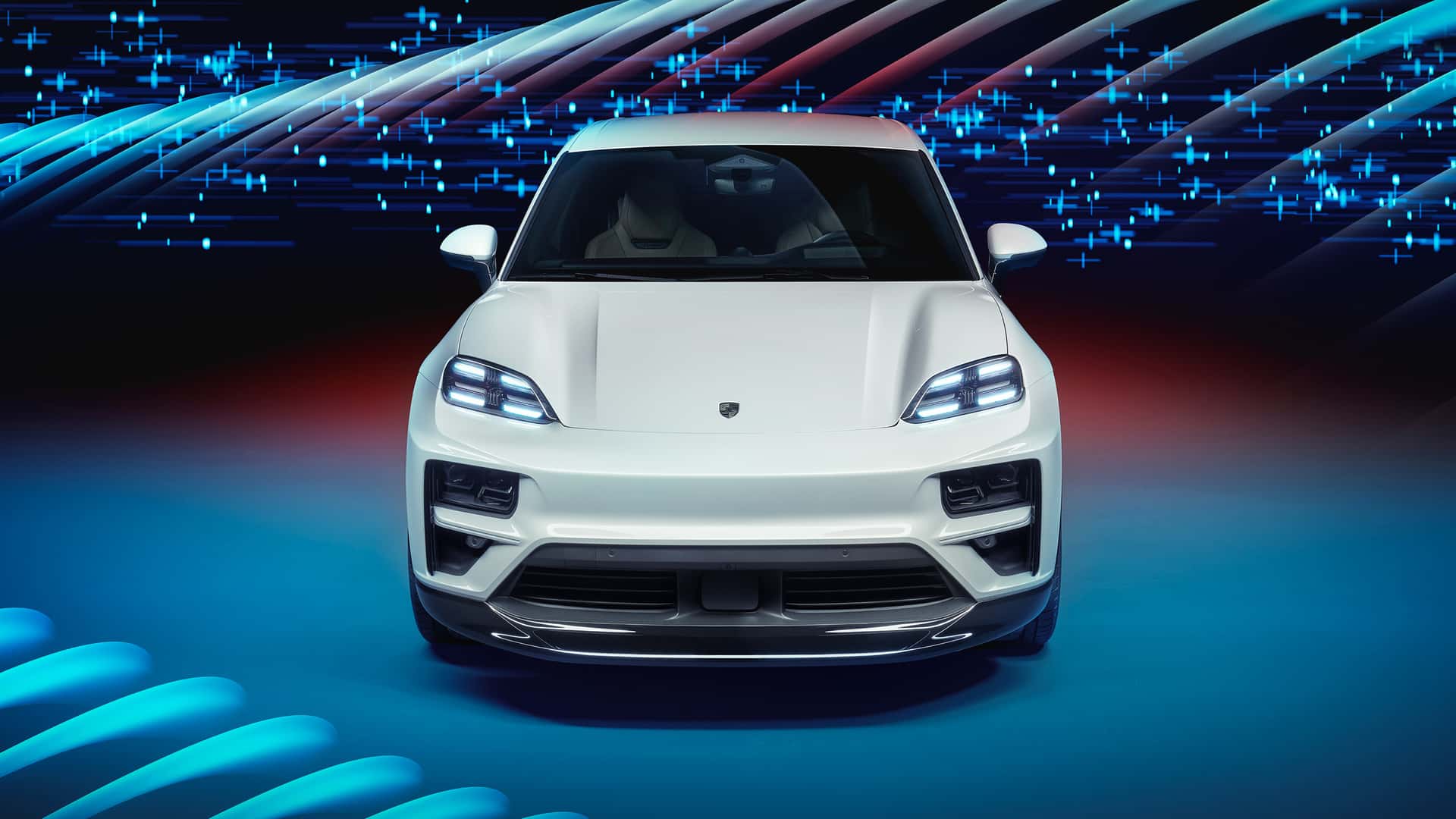
The German brand just unveiled its new EV crossover in two guises, the 402-horsepower Macan 4 and the 630-hp Macan Turbo. This is a big deal.
Underpinning the second-generation Macan is a platform co-developed with Audi. Called Premium Platform Electric (PPE), this platform uses an 800-volt electrical architecture and will make the basis for the upcoming Audi A6 and Q6 EVs, and likely, an all-electric Porsche Cayenne.
The battery uses Lithium-Nickel Manganese Cobalt cells arranged in 12 modules for a net capacity of 95 kWh (100 kWh gross). Porsche was the first automaker to make an 800-volt production EV with the Taycan, and this higher-voltage architecture allows for a reduction in copper usage and faster charging speeds. Find an 800-volt DC charger and the Macan can charge at up to 270 kW. If you plug into a 400-volt charger, the battery pack effectively splits in half and charges in parallel, reducing charge times significantly.
Both the Macan 4 and Macan Turbo use permanent-magnet synchronous motors at each axle, and the rear motor is rotated 180 degrees to ensure a slightly rear-biased weight distribution. In the Macan 4, they combine for 402 hp and 479 lb-ft, while in the Macan Turbo, you get 630 hp and 833 lb-ft of torque. (All those figures are achieved with “overboost,” which is only available for a limited time when using Launch Control.) Speaking of acceleration, Porsche says the Macan 4 can run from 0-60 mph in 4.9 seconds, while the Turbo does it in 3.1 seconds. Top speeds are 136 and 161 mph, respectively.
[...]
The Macan 4 starts at $80,450, nearly $19,000 more than the internal-combustion base model. The Turbo is $106,950, $18,500 more than the current, range-topping GTS.
[...]
Porsche will continue production of the gas-powered, first-generation Macan for the US market for some time. Production of that model has ended for Europe over new EU cybersecurity regulations, but Porsche can still sell it here.

